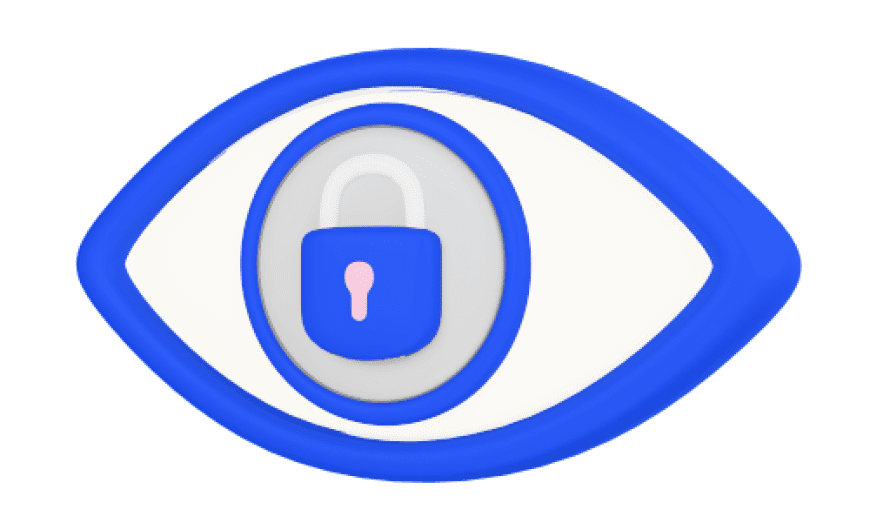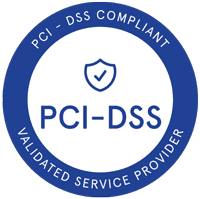Two other cybersecurity solutions you’ll encounter often are managed security service providers (MSSP) and security information and event management (SIEM). This article explains what these popular solutions do and highlights some key benefits of MDR over MSSP and SIEM.
Explaining MDR, MSSP, and SIEM Solutions
Before entering the market and selecting a cybersecurity solution for your business, you need to understand two things:
- Risks: Understanding the key risks your business faces is important because it helps clarify what your chosen service must have versus what would be nice to have. Conduct a cybersecurity risk assessment to identify the threats you face, the impact if those threats are realized, and the likelihood of such threats getting past your existing cybersecurity controls. Seek out services that help you deal with moderate to severe risks for which existing controls aren’t sufficient.
- What The Tools Do: It’s vital to have a clear picture of the available tools and know exactly what they can and can’t do for your business. Understanding the scope of these solutions and aligning that understanding with your risk profile helps narrow your search down to a smaller segment of a huge market that has forecast revenue of $373 billion by 2028
MDR: Managed Detection and Response
MDR solutions provide continuous monitoring, threat detection, and incident response as an outsourced service.Gartner forecasts that 50% of organizations will be using MDR services by 2025. You can think of MDR as a combination of security operations center (SOC) as a service plus endpoint protection.
MDR service providers offer quick deployment of their services through a predefined technology stack on your premises and dedicated expert security teams ready to help you respond to threats. You typically communicate directly with analysts by email or phone at an MDR.
Most MDR services help you eliminate false positives and assist with incident responses for genuine cybersecurity threats. The extent of incident response assistance ranges across MDR providers from recommending corrective actions to quarantining threats to managing all aspects of incident response in line with industry-standard best practices.
MSSP: Managed Security Service Provider
An MSSP provides outsourced network security monitoring and management services, including managed firewalls, anti-virus, vulnerability scanning, and alerting. The focus of an MSSP centers on prevention rather than response.
Communication with MSSPs is often through a customer portal in which you can view information, including alerts about emerging threats, dashboards displaying your current security posture, and other security metrics of interest.
Typically, MSSPs do not help you remediate threats; their job is to monitor the network and alert you about threats.
SIEM: Security Information and Event Management
SIEM solutions gather and analyze data across an organization’s IT and security framework to improve security awareness. The data collected includes log records of every endpoint and network activity, which gives security operations teams a complete picture of what’s happening within your IT environment. The analysis part of SIEM involves correlating logs to identify indicators of compromise.SIEM is a powerful solution well-suited to heavily regulated industries such as finance or healthcare because it simplifies compliance reporting.
Deploying a standard SIEM solution is both capital- and resource-intensive. Its implementation uses software, systems, and devices that are integrated within your existing IT infrastructure. There are also costs associated with collecting, storing, and analyzing data from each endpoint.
However, managed solutions are available that depend on a third-party service provider to host a SIEM application on their servers and monitor the organization’s network.
Key MDR Features and Capabilities
1. 24/7 Real-Time Threat Detection
Cybercrime is not a 9-5 activity; criminals can target your information assets at any time. MDR services provide 24/7 real-time threat detection using a team of expert security analysts to monitor systems and triage alerts.
2. Included Comprehensive Technology Stack
The service price for MDR includes access to the provider’s own comprehensive technology stack. This tech stack typically includes a logging platform, analytics tools, and endpoint detection and response (EDR) software.
3. Advanced Analytics
Machine learning, elastic computing resources, and Big Data analytics combine to provide threat intelligence for advanced threats in real-time. Many MDR providers use advanced platforms such as Hadoop and AWS to deliver advanced analytics.
4. Fast Response
The longer it takes to respond to a breach, the more expensive the breach becomes. MDR services have a primary focus on threat detection through triaging, investigation, and response recommendations.
Why Choose MDR over MSSP or SIEM?
When weighing up MDR vs MSSP or SIEM services, here are some pros and cons of each service to think about.
MDR Pros
- Swift Response. The average time taken to identify and contain a data breach in 2020 was 280 days. The primary focus of MDR on threat detection and incident response can shorten this duration considerably.
- Suited to SMBs. For small and midsize businesses lacking sufficient tools or staff to deal with their key information security risks, MDR is a very effective solution.
- Human Involvement and Expertise. MDR solutions focus more on human involvement and expertise. Rather than relying on a portal, dedicated security analysts interface directly with your IT team to alert, investigate, and help you respond to threats.
MDR Cons
- No remote device management.MDR lacks security controls for managing remote devices, such as firewalls and web gateways.
- Limited reporting. Although there are exceptions, most MDR services have reporting features that are limited to security-related functions. Some services have compliance reporting.
MSSP Pros
- 24/7 Security Monitoring. MSSPs augment existing on-site IT security capabilities with 24/7 monitoring.
- Security Expertise. MSSPs have a wealth of security experts behind the scenes helping to identify threats and send alerts.
MSSP Cons
- Automating Communication. A faceless portal is the primary communications interface with MSSPs. Many companies opt for outsourced IT security services precisely because they want more human involvement and expertise.
- Reactive. MSSPs take a reactive approach to cybersecurity that lacks proactive threat hunting and threat intelligence.
- No Response. You’ll need to investigate and remediate incidents on your own; the MSSP just sends alerts (and false positives can be a problem)
SIEM Pros
- Complete Visibility. The level of data aggregation and correlation provides excellent visibility into your IT environment.
- Streamlines Compliance. Logging is a key component of many compliance requirements, and SIEM tools help streamline much of the heavy lifting in this respect.
SIEM Cons
- Expensive. SIEM is an expensive solution, particularly for on-premise deployments.
- Complex. SIEM requires highly skilled analysts and engineers to get value from it.
Conclusion
The reasons to choose MDR over MSSP or SIEM for your business are its emphasis on direct human involvement and its extended scope that goes far beyond basic prevention to proactive advanced threat hunting.
Out of the three services, MDR is best equipped to reduce the time it takes for you to detect and respond to cyber threats in a landscape where time is of the essence. It’s worth also bearing in mind that 58% of organizations cite employee skills as a key security effectiveness gap; MDR is the solution that focuses most on human expertise.
How DruvStar Can Help
Our MDR service provides several important features that go beyond the scope of many standard MDR solutions, including:
- 24/7 monitoring by a team of dedicated security experts
- incident response and escalation in line with the NIST cybersecurity standard
- vulnerability management to help uncover configuration and credential exposure risks that endanger your digital assets and sensitive data
- comprehensive visibility through unlimited log access and event data
- cloud monitoring to identify cloud risks and simply cloud security
- SIEM technology included, which essentially makes it two solutions in one
- compliance reporting capabilities
Contact us today to learn more about how we can help your business improve its information security posture.













